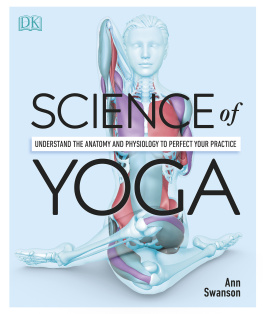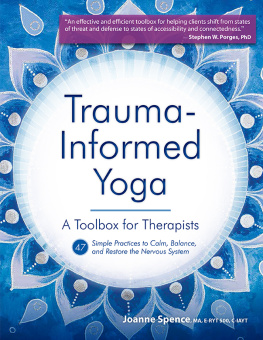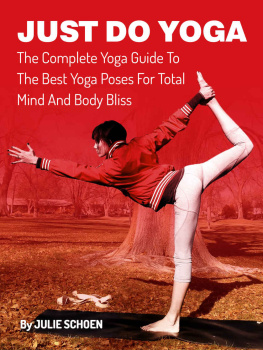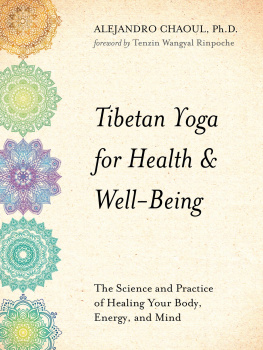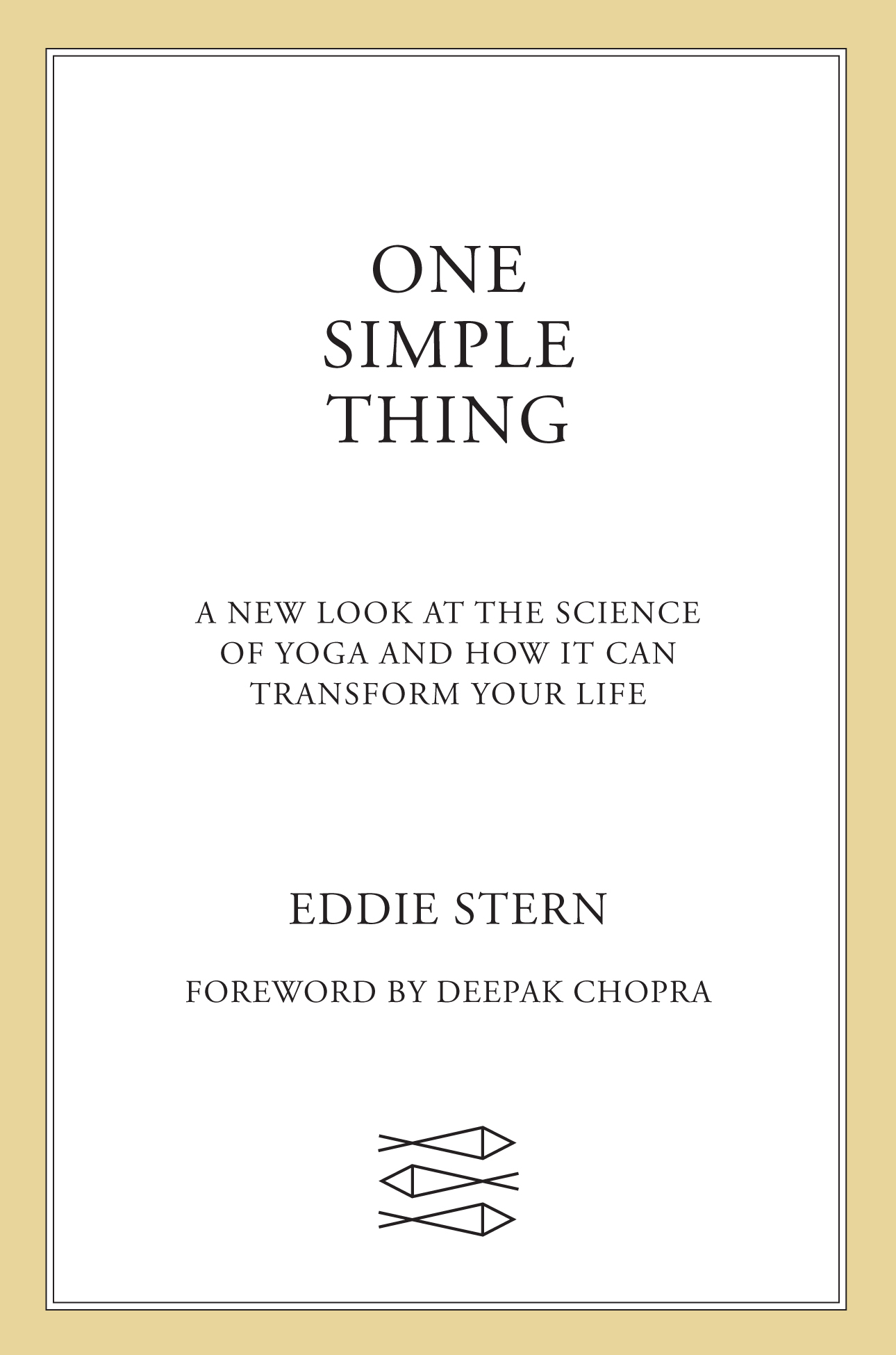The author and publisher have provided this e-book to you for your personal use only. You may not make this e-book publicly available in any way. Copyright infringement is against the law. If you believe the copy of this e-book you are reading infringes on the authors copyright, please notify the publisher at: us.macmillanusa.com/piracy.
BY DR. DEEPAK CHOPRA
IT SEEMS PECULIAR on the face of it that the mind is a problem, and even more peculiar that the mind is a problem for the mind. But the evidence of mental suffering is rife in modern society (one statistic reveals that Americans who are on a long-term regimen of antidepressants has doubled since 2010, and millions more are on long-term medication for anxiety). Any solution that might end mental suffering would be greeted with wild hope and reliefor so you would think.
Its possible for the mind to get so lost in itself that a persons very identity becomes confused, conflicted, and obscured. When Rumi asks, Who am I in the midst of this thought traffic? he speaks for every modern person. The sheer chaos of the mind is frightening, and finding an end to suffering by diving into oncoming thought traffic doesnt work.
Eddie Sterns insightful, wide-ranging, and at times eloquent book on yoga takes an optimistic view of how mental suffering can end. He doesnt focus only on the aspect of yoga as healing. There is ample treatment in these chapters of the underlying philosophy of yoga, its universality around the world, its potential for helping the poor and outcast who are gripped by the worst kind of suffering, including prison populations. But healing through one simple thing, the regular, dedicated practice of yoga, is the essence of his message.
To accept healing is difficult, and mental healing the most difficult of all. Rumi confronted a mind filled with teeming, seemingly random thoughts, and our mental landscape today, distracted by video games, social media, and the Internet, would be totally foreign to medieval Persia or ancient India. Yet Rumi and every other fully conscious person who has waked up knows that people will spend a lifetime choosing to be in denial, afraid of their own impulses and desires, driven by those same impulses and desires, totally convinced that the darker aspects of the psyche must be suppressed, and deeply embedded in social conformity.
When William Blake walked through the streets of eighteenth-century London, the marks of weakness, marks of woe he saw in the passing crowd were the result of mind-forgd manacles, a haunting phrase that I have kept in the back of my mind for three decades. When the mind functions as both jailer and prisoner, finding an end to mental suffering seems incredibly difficult. Even motivating people to try is daunting.
Eddie Stern, with his long experience as a yoga teacher and lecturer, understands everything about motivating his students and prospective students. On a personal level, this may be the most persuasive part of this book, beginning with careful bridge-building from the long-ago India of the rishis to the modern secular world. Yoga currently rides a crest of popularity, but trends are fickle, and Stern knows that unless there is more than regular yoga class, unless there is a complete vision of yogas potential, there is a real risk of yoga becoming a passing phenomenon.
The underlying vision rests on yoga as union, which means overcoming the divided self. Separation is the opposite of union, and the ultimate separation, which has affected all of us, is the mind in separation from its essential nature. You can approach the issue from many angles, as this book skillfully does. A kidney, heart, or lung cell is already unified in its natural state. Cells dont doubt their existence. They function holistically and offer us a model for life as a flow of energy and intelligence. So the connection between mind and biology forms a strong theme in Sterns teaching about yoga.
One can also focus on other distressing signs of separation, in troubled relationships, social discord, and all manner of self-destructive behavior, including addictions and preventable lifestyle disorders that people exacerbate rather than helping themselves to heal. Yet in the end, it is the self divided against itself that yoga fundamentally addresses. The mind would not be its own enemy except for the divided self; the body would not be abandoned as a thing to be ignored, shunned, or ashamed of (except for those gifted with superb and beautiful bodies, and even they must face the specter of time and aging).
One of the most important tenets of yoga is that the level of the problem isnt the level of the solution. As long as we remain inside the state of self-division, we are dominated by it. There are only three attitudes one can take to mental suffering: put up with it, fix it, or walk away from it. Unfortunately, all three are doomed to failureand for the same reason. The mind that attempts to put up with suffering, fix it, or escape from it is the very mind that has been split by the state of separation. A fragmented mind is like Humpty Dumpty, whose fall is misunderstood. All the kings horses and all the kings men cant repair a broken egg, no doubt. But Humpty Dumpty cant put himself together again, which is the real problem.
Yoga solves this dilemma by asserting some home truths that are then carried out through the practice of yoga and meditation. Ive already given the first one, that the level of the problem is never the level of the solution. Here are the other home truths, as I understand them:
The level of the solution is consciousness, which in its very nature is whole, complete, and undivided.
Consciousness, being the source of creation, is always present in its pure, whole form.
When the mind experiences its source in pure consciousness, solutions dawn, not through the effort to end suffering but through the state of wholeness itselfno outside agency, motivation, or thinking is required.
The body, brain, mind, and universe are different modes of consciousness. Each mode is self-regulating, and so is the whole. A cell has the capacity to keep itself alive and thriving, in a state of perfect balance. The same is true at every level of Nature.
When self-regulation fails, the underlying cause is loss of contact with wholeness. By experiencing pure consciousness, self-regulation is restored. This returns body, brain, mind, and universe to their unified state.
I know that using yoga to return the universe to its natural state seems unbelievable, and the claim is too vast to explore in a page or two. But when yoga returns us to our source and allows us to experience the awakened state, there is no alternative but for reality itself, which we dub the universe, to shift along with everything else.
For all its current popularity, yoga in India is entangled in mind-numbing intricacies, philosophical controversy, endless wrangling over the ancient texts, competing teachers and systemson and on. I deeply admire Eddie Stern for bringing clarity and compassion to such an unholy messthe future depends on such clarity and compassion. Taken altogether, this book is the gentlest and most accessible way to embrace yoga in all its potential. Insofar as humans have infinite potentialanother home truth about consciousnessyoga unfolds a field of possibilities that would otherwise be closed to the divided self. Stern never lets us forget our untapped potential, which may be the core lesson of his teaching and his life.



